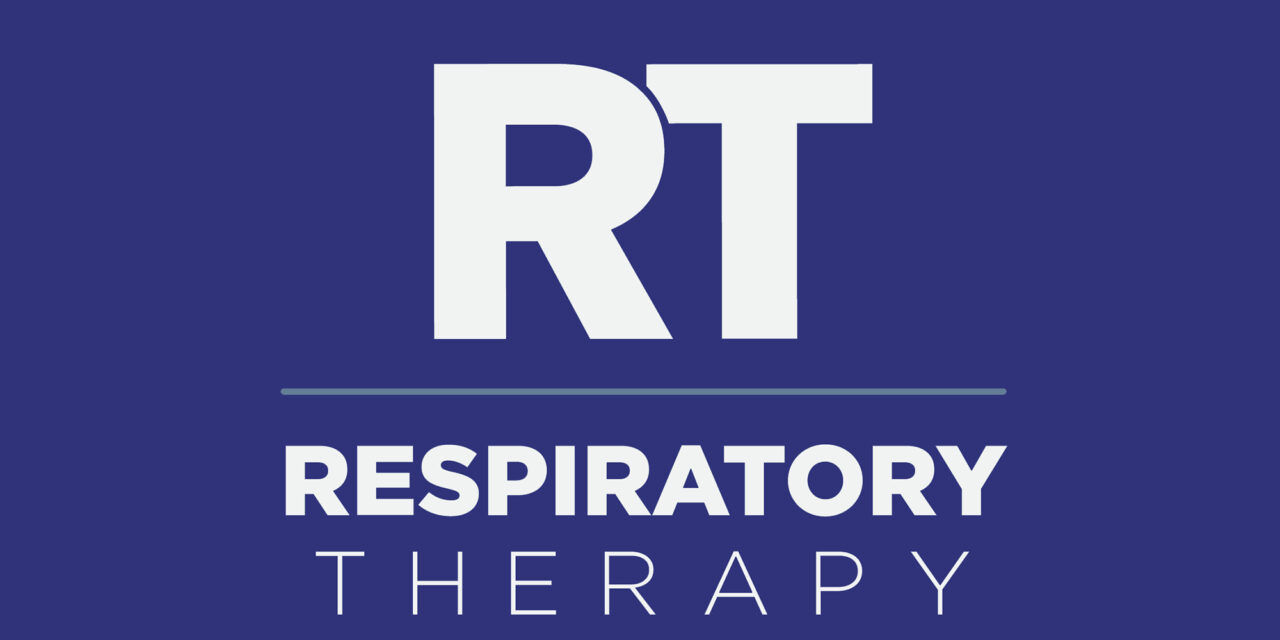An aging workforce and higher compensation are but two of the significant changes noted over the past year, according to RT’s 2005 Respiratory Therapy Salary Survey.
By Marian Benjamin
In February 2005, RT e-mailed nearly 8,000 salary surveys to its readers, 14% of whom responded. We asked questions about reader’s salary, benefits, length of service, and certification during 2004.
A notable trend, and one that probably is occurring throughout every profession, is that respiratory care practitioners are aging. This year’s survey showed that nearly 57% of RTs were older than 45 years of age—this compared to 46% last year. And they have more experience; 62% have 16 or more years of experience, up from last year.
An encouraging trend is that RTs are getting raises. A whopping 83% received raises in 2004, compared to only 26.2% receiving raises in 2003. Pay increases are about the same (86% received increases of between 1% and 6% both years).
This year’s survey also revealed that fewer RTs work in an urban setting (in fact, 10% fewer than the 2004 survey showed and 30% fewer than revealed by the 2003 survey), and the percent of those working in suburban and rural areas rose (up 8% and 6%, respectively).
RTs continue to improve their knowledge base by membership in and attendance at educational conferences of professional organizations such as AARC and AASM, and most are certified as either respiratory therapists or sleep specialists. Joel Boyd, director of respiratory therapy at City of Hope National Medical Center, Duarte, Calif, notes that last year’s survey showed a 13% difference between the number of therapists who held RRT credentials and those who held CRT credentials. “This year,” he says, “there is a 22% difference between RRT-credentialed RCPs and CRTs. This trend suggests that possibly more therapists are obtaining the RRT credential.” He credits this rise to the NBRC, which now has a 3-year limit for therapists to earn the credential. Boyd is opening positions in his department for RT III level that require new employees to have the RRT credential. He is also offering tuition assistance to therapists to go back to school to become registry eligible. He was surprised that with so many therapists over the age of 45 and having 16+ years of experience, more did not hold the RRT credential.
Most respondents noted that there are vacancies in their departments. Can we expect to see these vacancies filled soon? Paul Nuccio, RRT, FAARC, director of respiratory care at Brigham and Women’s Hospital, Boston, observes, “It appears, at least in the Northeast, most schools have begun to see an increase in the number of new student applicants, which will be a big help—but not for at least another couple of years.”
| RT Salary Survey 2005 | |
| 1. Which credentials do you have? RT 7.1% CRT 43.0% RRT 65.2% RCP 17.9% RPSGT 3.1% MD 1.1% RN 2.2% CPFT 12.1% RPFT 6.1% other 19.1% 2. What is your primary job responsibility? 3. How many years of experience do you have? 4. In what setting do you work? 5. What is your weekly patient volume? 6. Please identify your shift. 6a. What type of shift do you work? 7. Are you represented by a bargaining unit? 8. What is your annual salary? |
9. Do you receive extra pay for working the night shift? yes 57.0% no 43.0% 10. Do you receive extra pay for working weekends? 11. What benefits do you receive? 12. Do you receive major medical benefits? 13. How much was your last annual pay increase? 14. When did you receive your most recent raise? 15. How many full time equivalent positions are in your department? 15a. How many full time equivalent positions in your department are currently open? |
RT
Marian Benjamin is the former editor of RT. For more information, contact [email protected].










